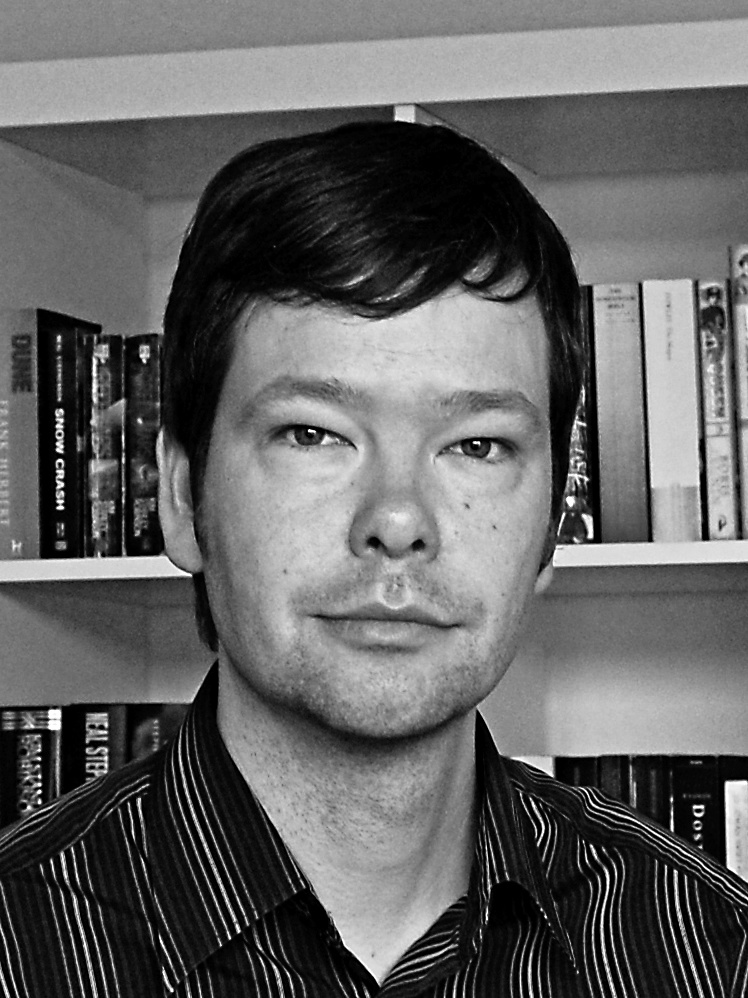Chapter 29. Try Before Choosing
Erik Doernenburg is a technology principal at ThoughtWorks, Inc., where he helps clients with the design and implementation of large-scale enterprise solutions.

CREATING AN APPLICATION REQUIRES MAKING MANY DECISIONS. Some might involve choosing a framework or library, while others revolve around the use of specific design patterns. In either case the responsibility for the decision generally lies with the architect on the team. A stereotypical architect might gather all the information that can be gathered, then mull over it for a while, and finally decree the solution from the ivory tower for it to be implemented by the developers. Not surprisingly, there is a better way.
In their work on lean development, Mary and Tom Poppendieck describe a technique for making decisions. They argue that we should delay commitment until the last responsible moment; that is, the moment at which, if the team does not make a decision, it is made for them—when inaction results in an outcome that is not (easily) reversible. This is prudent because the later a decision is made, the more information is available on which to base the decision. However, in many cases more information is not the same as enough information, and we also know that the best decisions are made in hindsight. What does this mean for the good architect?
The architect should constantly ...
Get 97 Things Every Software Architect Should Know now with the O’Reilly learning platform.
O’Reilly members experience books, live events, courses curated by job role, and more from O’Reilly and nearly 200 top publishers.

